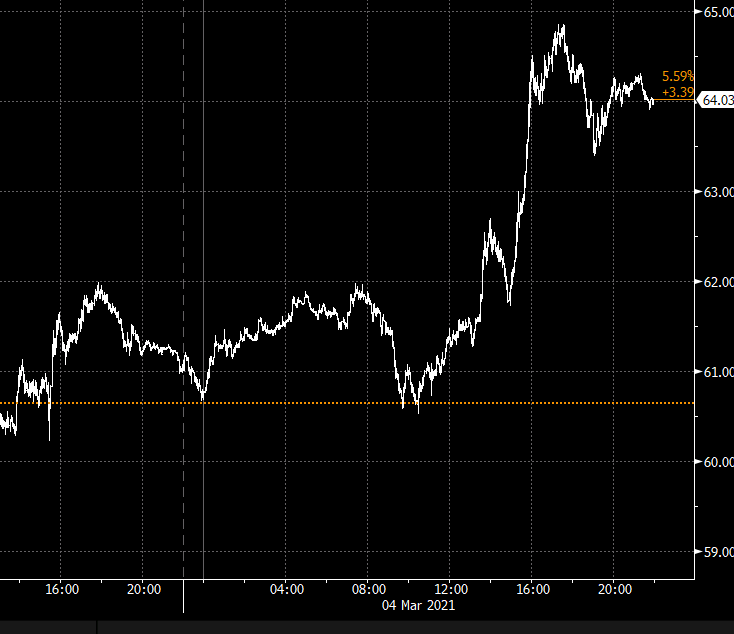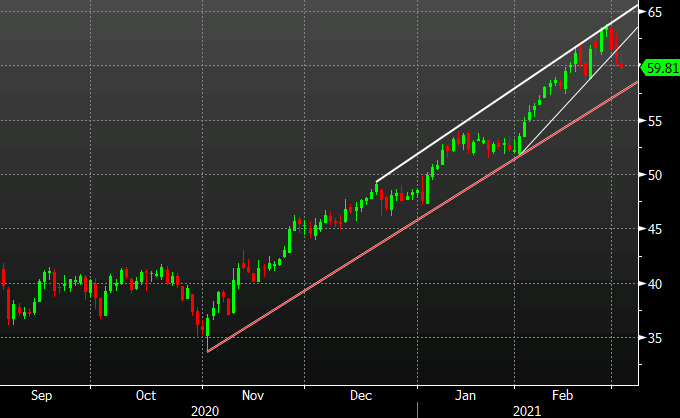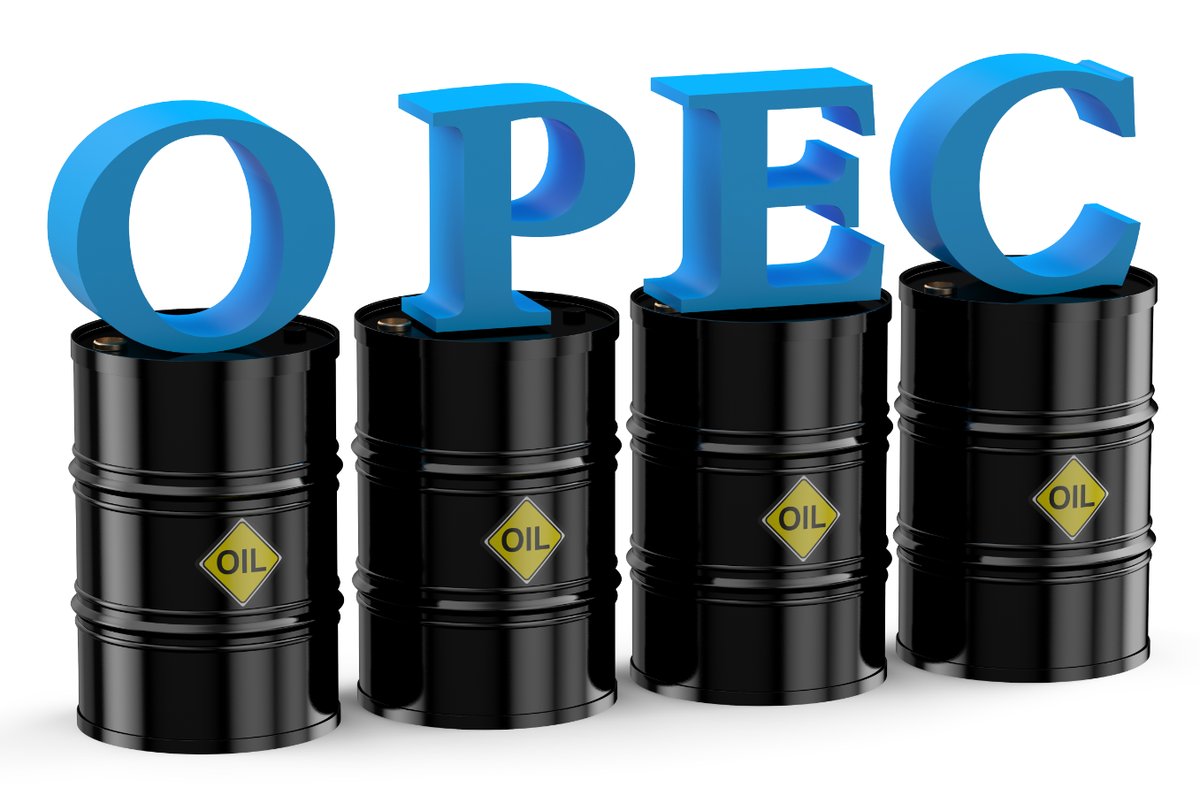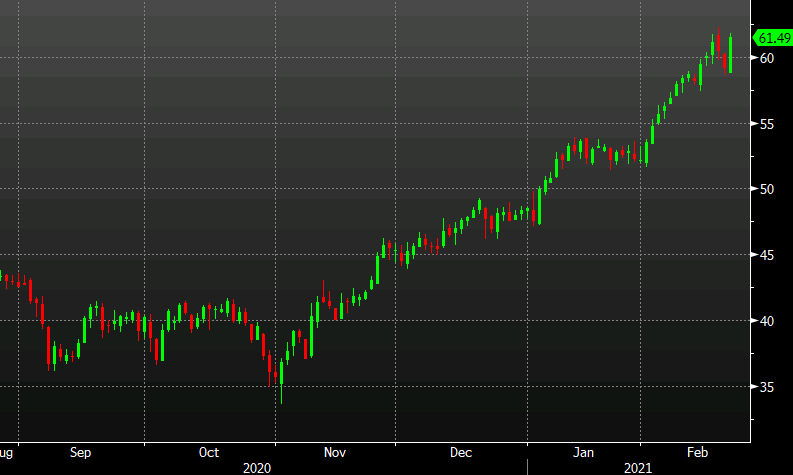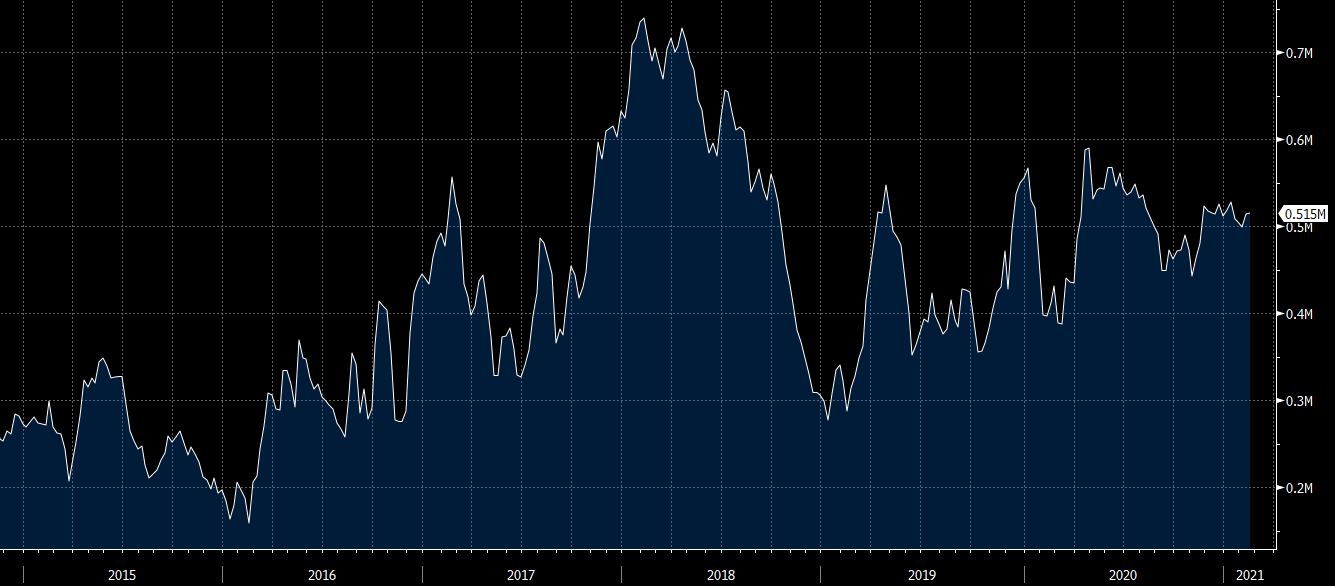The 14th Meeting of OPEC and non-OPEC Ministers took place via video conference on Thursday March 4, 2021, under the Chairmanship of HRH Prince Abdul Aziz bin Salman, Saudi Arabia’s Minister of Energy, and Co-Chair HE Alexander Novak, Deputy Prime Minister of the Russian Federation.
The Meeting welcomed the appointment of HE Mohammed Al-Fares, Minister of Petroleum of Kuwait and the return of HE Mohamed Arkab, Energy Minister of Algeria.
The Meeting emphasized the ongoing positive contributions of the Declaration of Cooperation (DoC) in supporting a rebalancing of the global oil market in line with the historic decisions taken at the 10th (Extraordinary) OPEC and non-OPEC Ministerial Meeting on 12 April 2020 to adjust downwards overall crude oil production and subsequent decisions.
The Ministers noted, with gratitude, the significant voluntary extra supply reduction made by Saudi Arabia, which took effect on 1 February for two months, which supported the stability of the market.
The Ministers also commended Saudi Arabia for the extension of the additional voluntary adjustments of 1 mb/d for the month of April 2021, exemplifying its leadership, and demonstrating its flexible and pre-emptive approach.
The Ministers approved a continuation of the production levels of March for the month of April, with the exception of Russia and Kazakhstan, which will be allowed to increase production by 130 and 20 thousand barrels per day respectively, due to continued seasonal consumption patterns.
The Meeting reviewed the monthly report prepared by the Joint Technical Committee (JTC), including the crude oil production data for the month of February.
It welcomed the positive performance of participating countries. Overall conformity with the original decision was 103 per cent, reinforcing the trend of aggregate high compliance by participating countries.
The Meeting noted that since the April 2020 meeting, OPEC and non-OPEC countries had withheld 2.3bn barrels of oil by end of January 2021, accelerating the oil market rebalancing.
The Meeting Extended special thanks to Nigeria for achieving full conformity in January 2021, and compensating its entire overproduced volumes.
The ministers thanked HE Timipre Sylva, Minister of State for Petroleum Resources of Nigeria, for his shuttle diplomacy as Special Envoy of the JMMC to Congo, Equatorial Guinea, Gabon and South Sudan to discuss matters pertaining to conformity levels with the voluntary production adjustments and compensation of over-produced volumes.
In this regards the Ministers agreed to the request by several countries, which have not yet completed their compensation, for an extension of the compensation period until end of July 2021.
It urged all participants to achieve full conformity and make up for pervious compensation shortfalls, to reach the objective of market rebalancing and avoid undue delay in the process.
The Meeting observed that in December, stocks in OECD countries had fallen for the fifth consecutive month.
The Meeting recognized the recent improvement in the market sentiment by the acceptance and the rollout of vaccine programs and additional stimulus packages in key economies, but cautioned all participating countries to remain vigilant and flexible given the uncertain market conditions, and to remain on the course which had been voluntarily decided and which had hitherto reaped rewards.
The Ministers thanked the JTC and the OPEC Secretariat for their contributions to the meeting. The next meetings of the JMMC and OPEC and non-OPEC Ministers are scheduled for 31 March and 1 April 2021, respectively.
